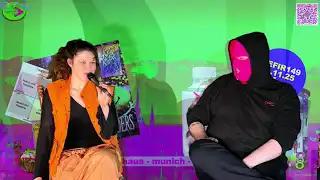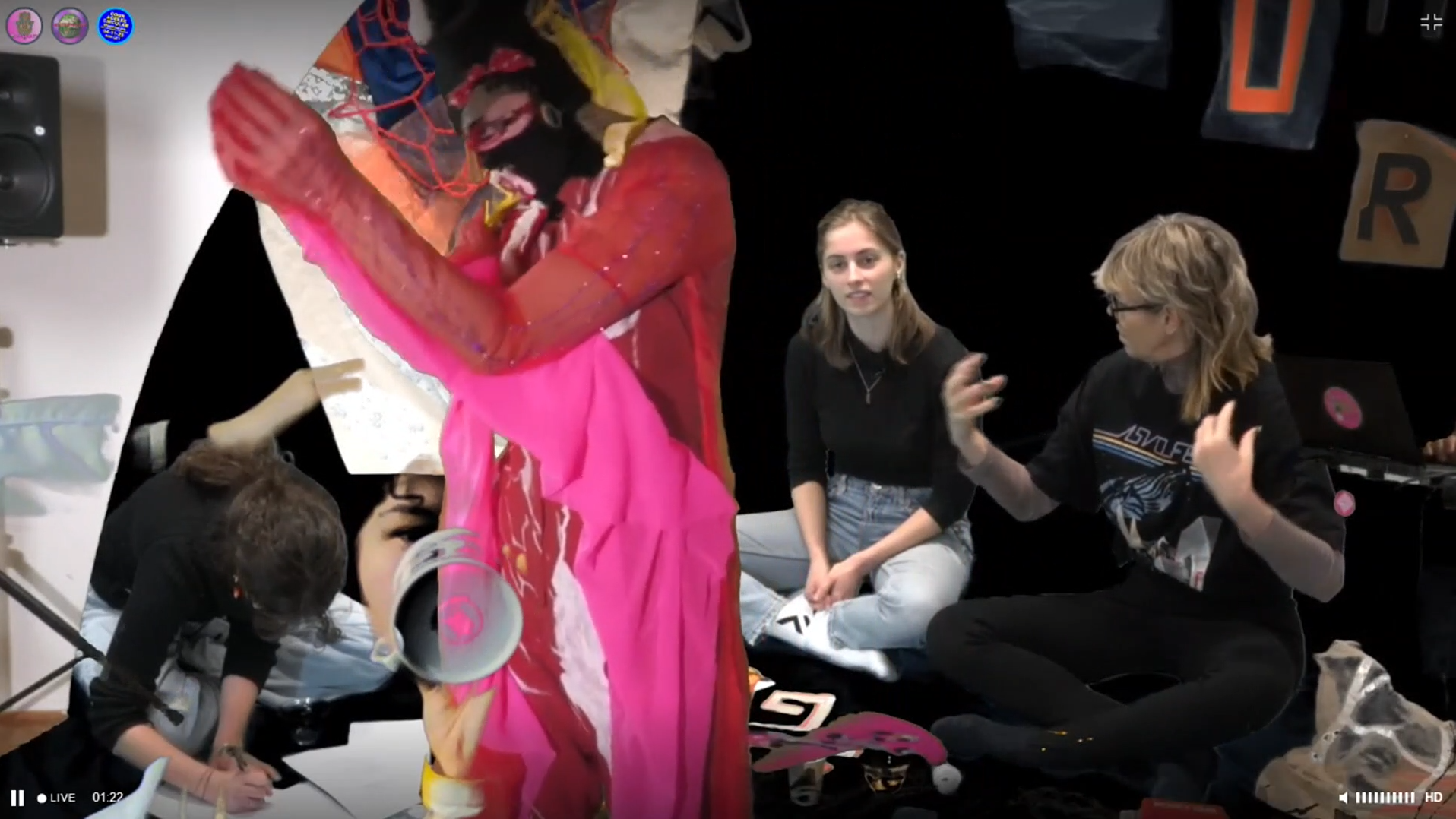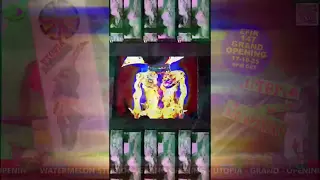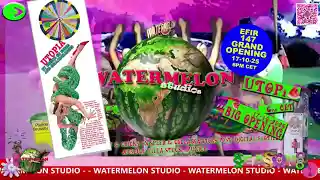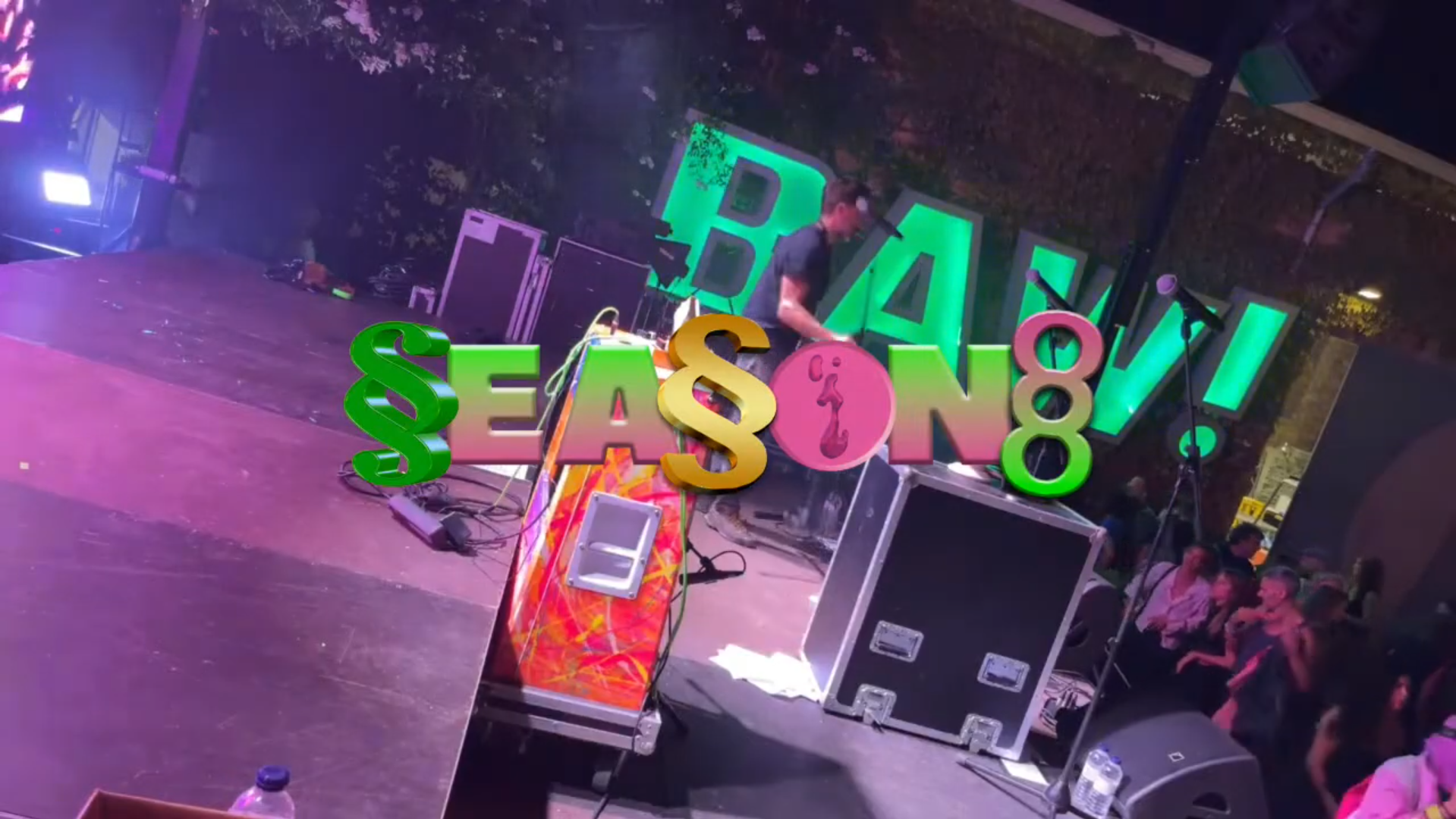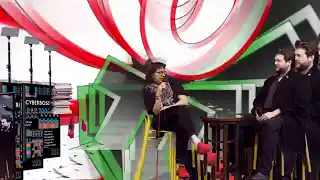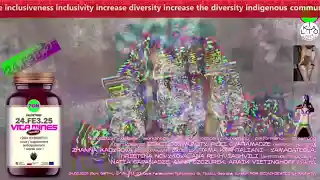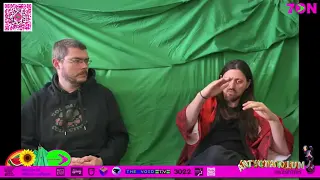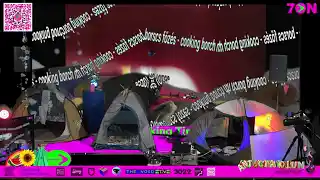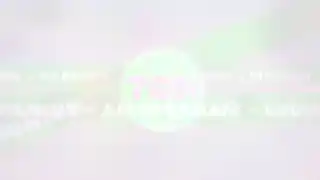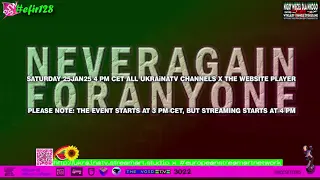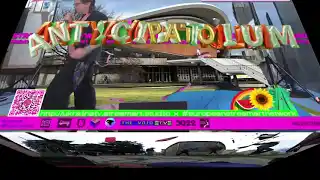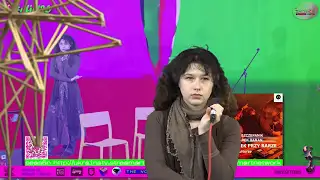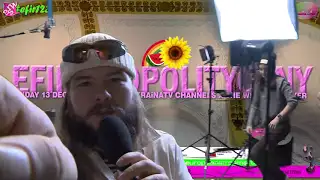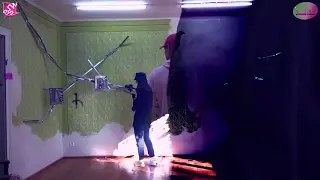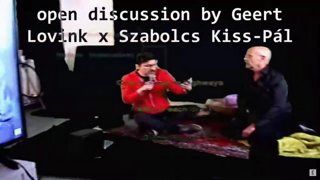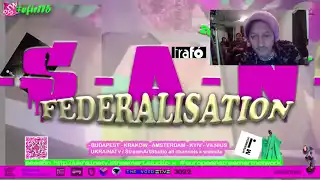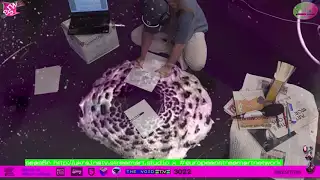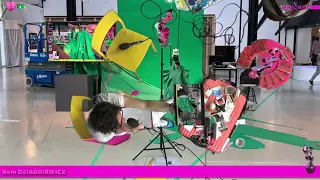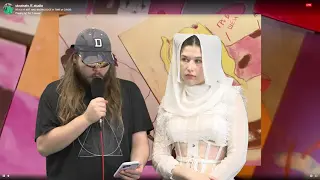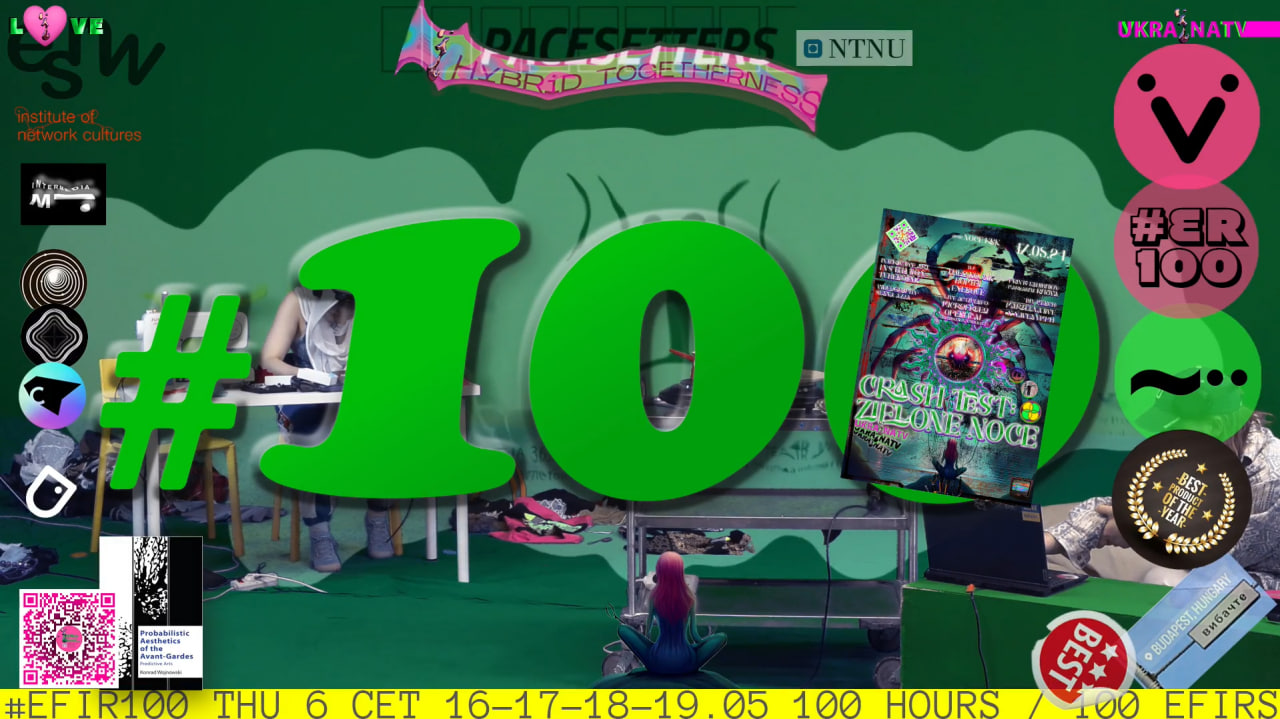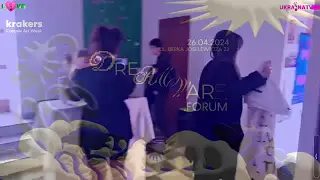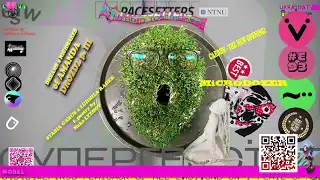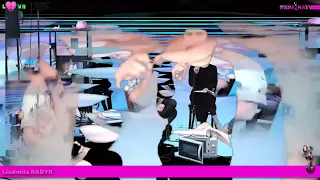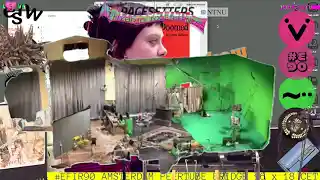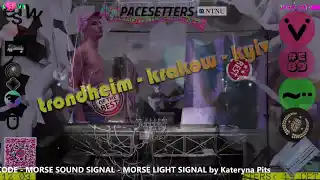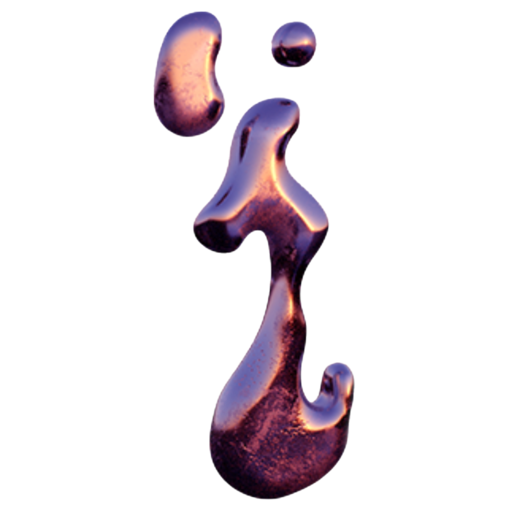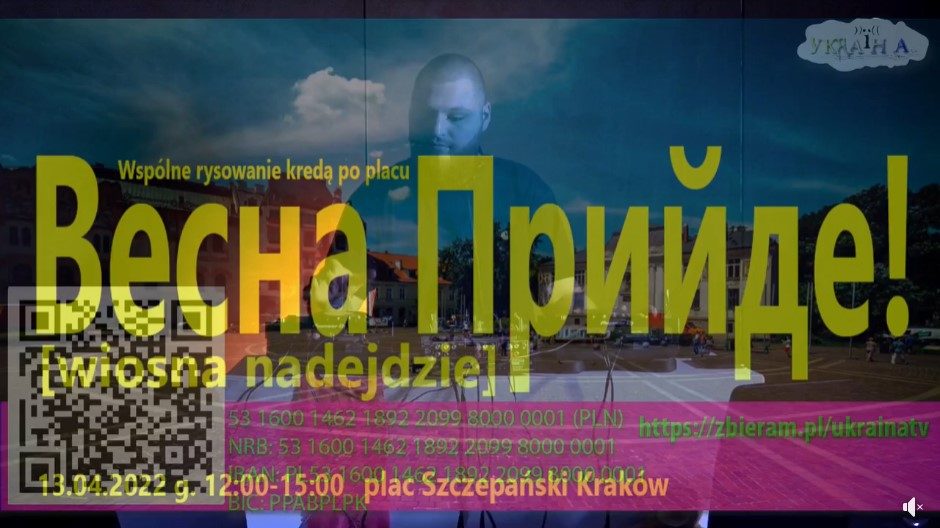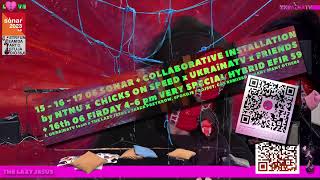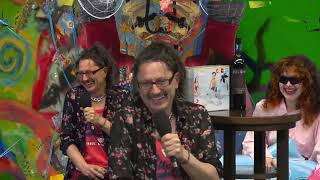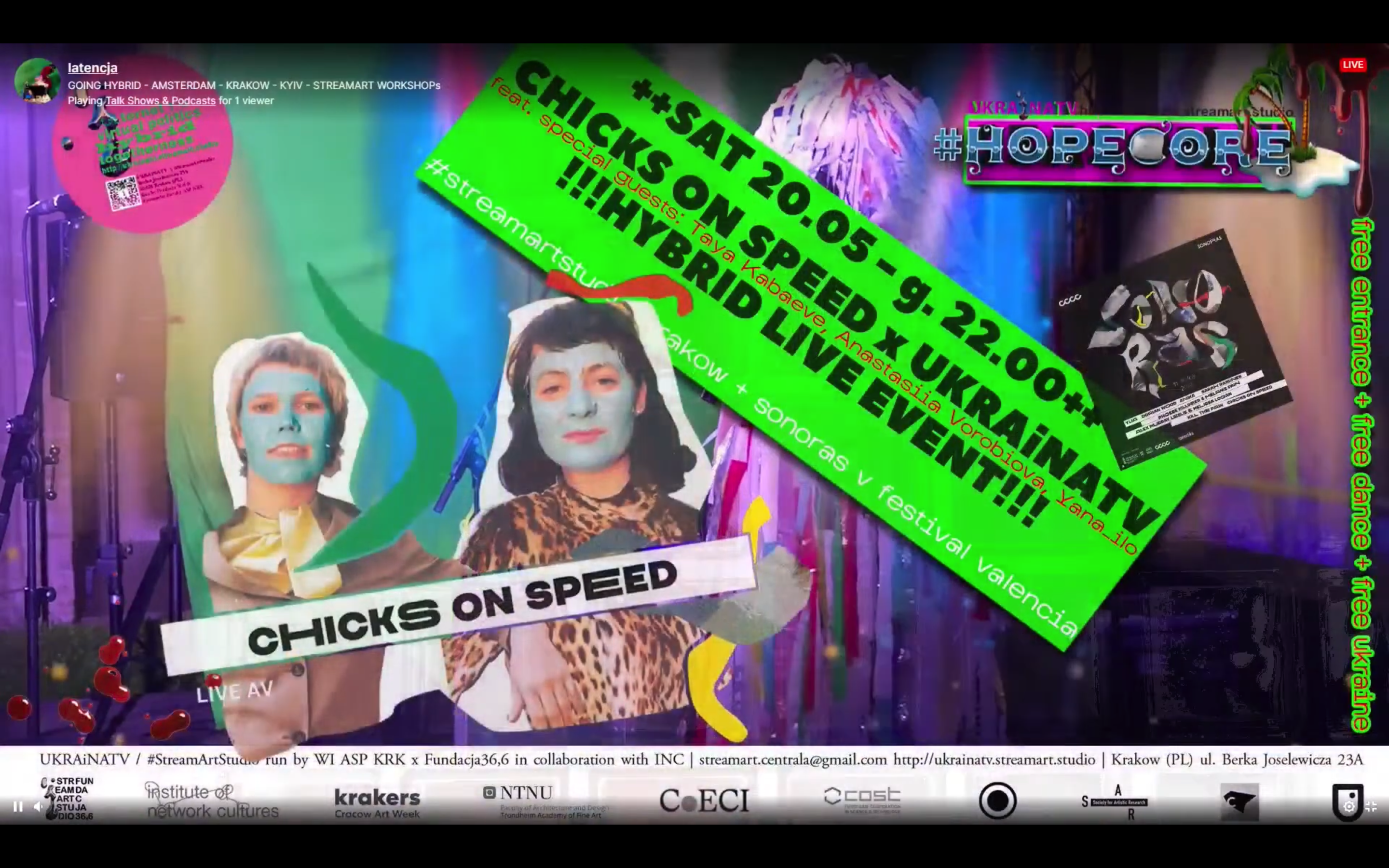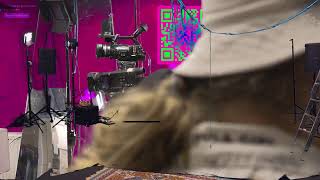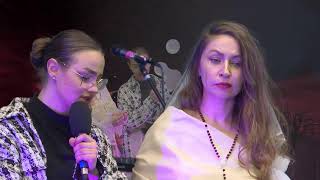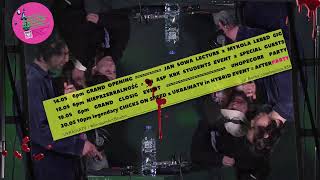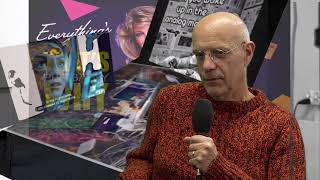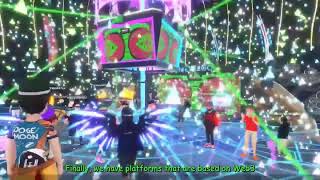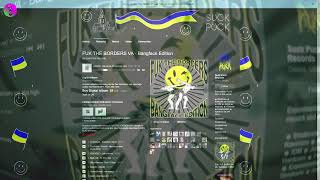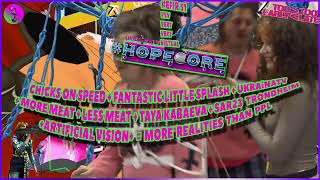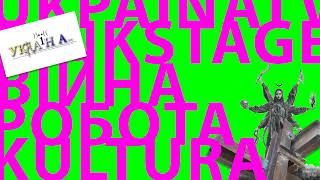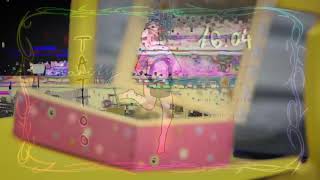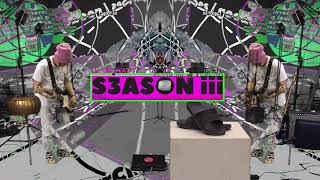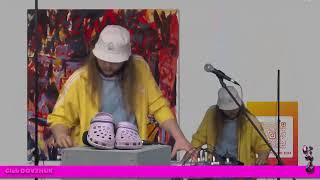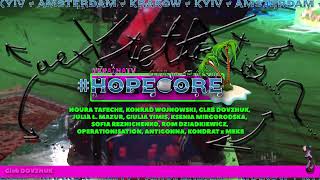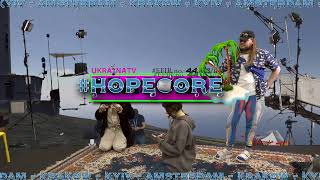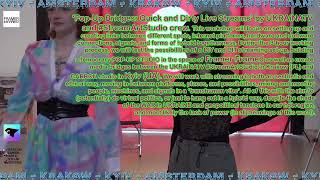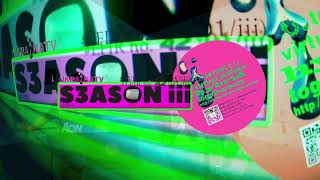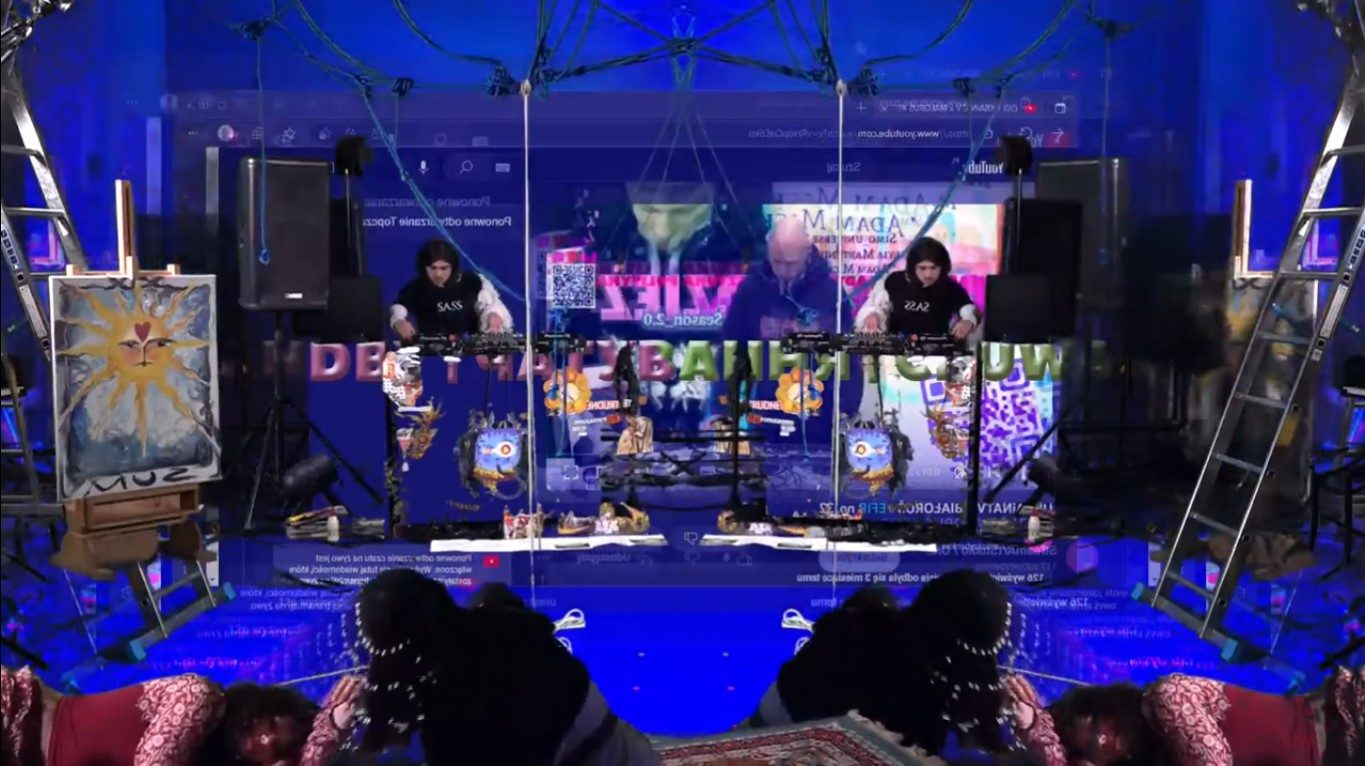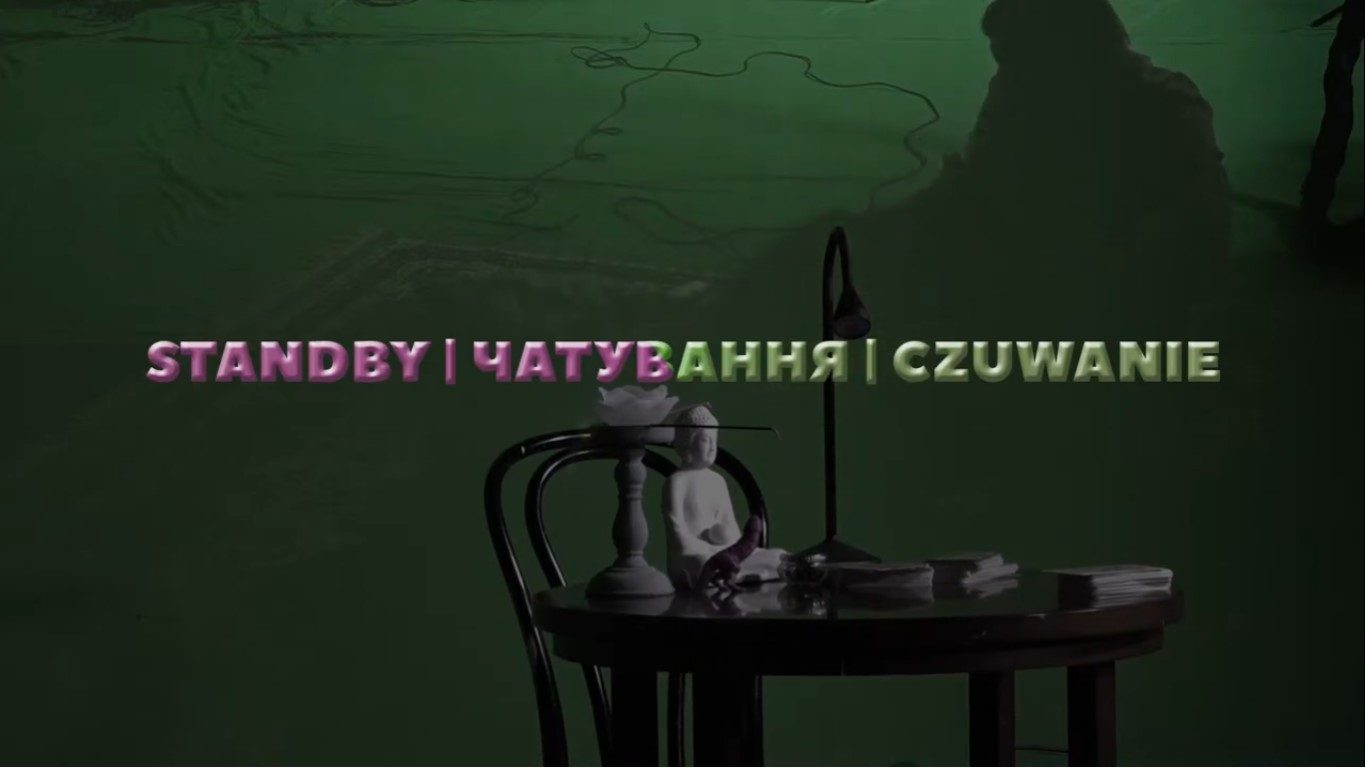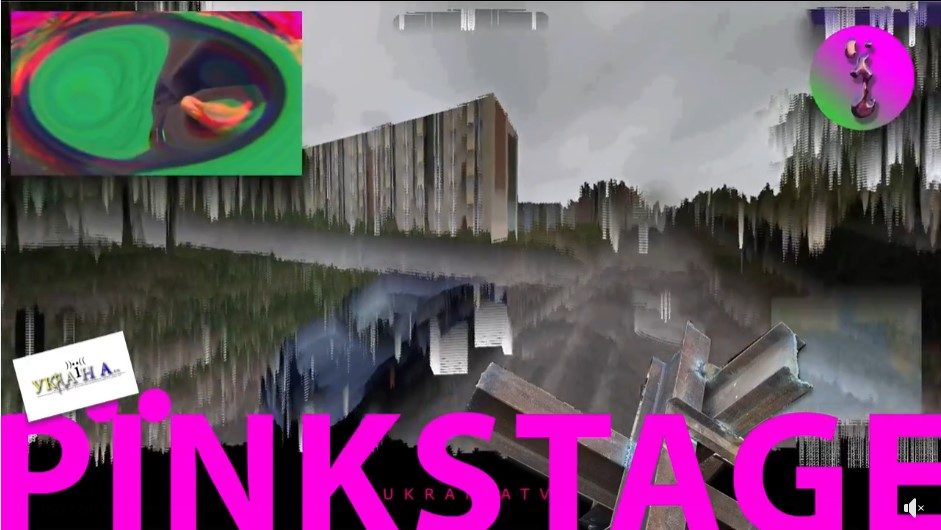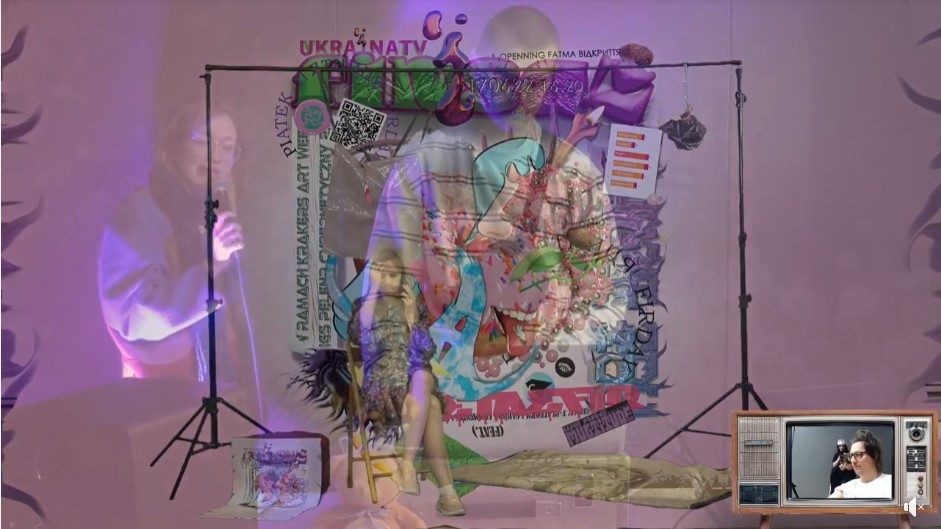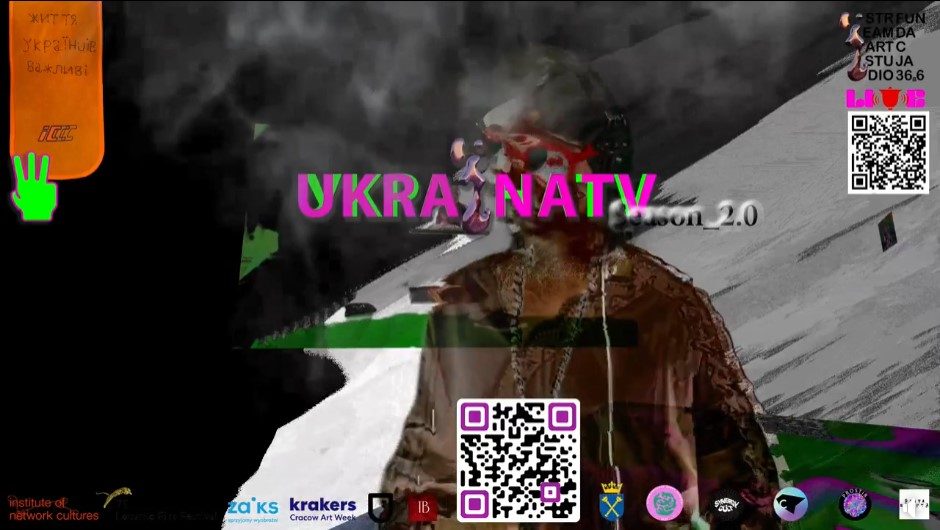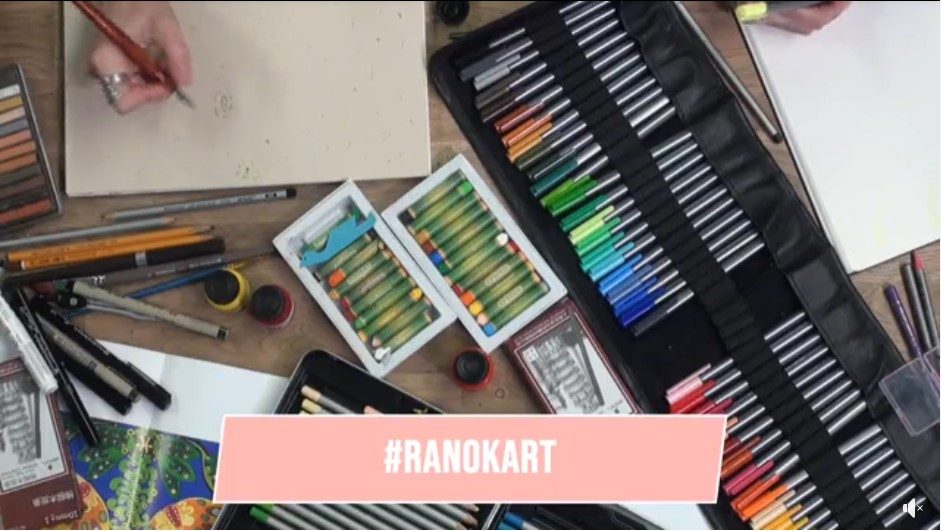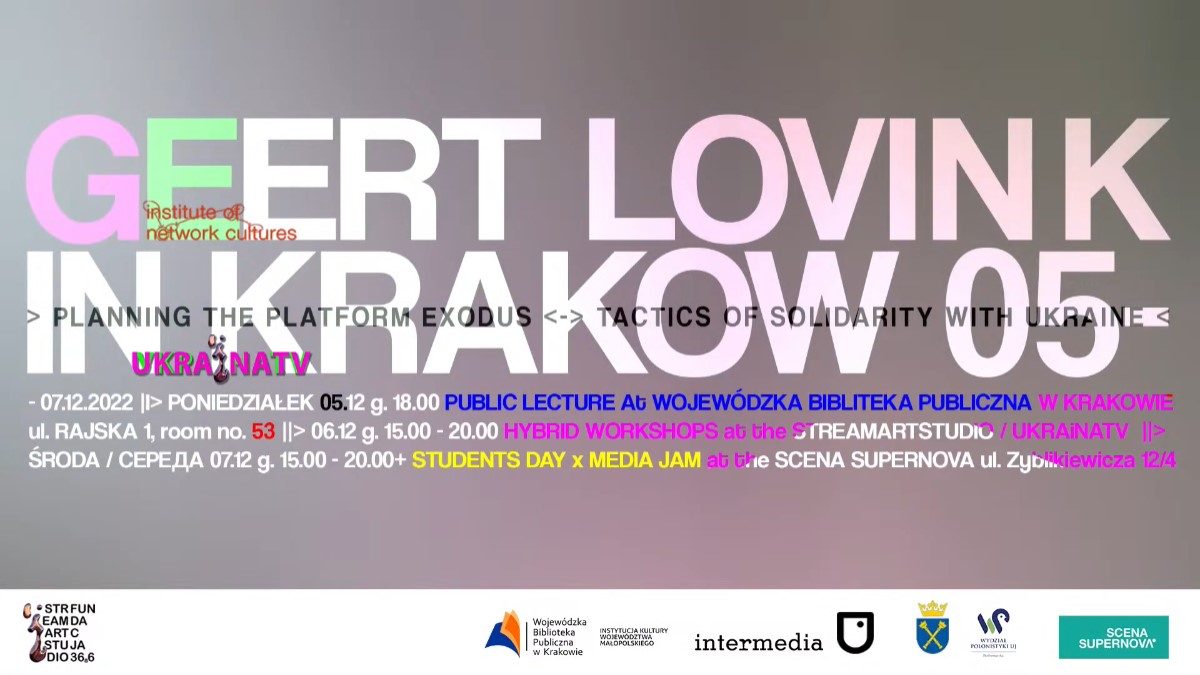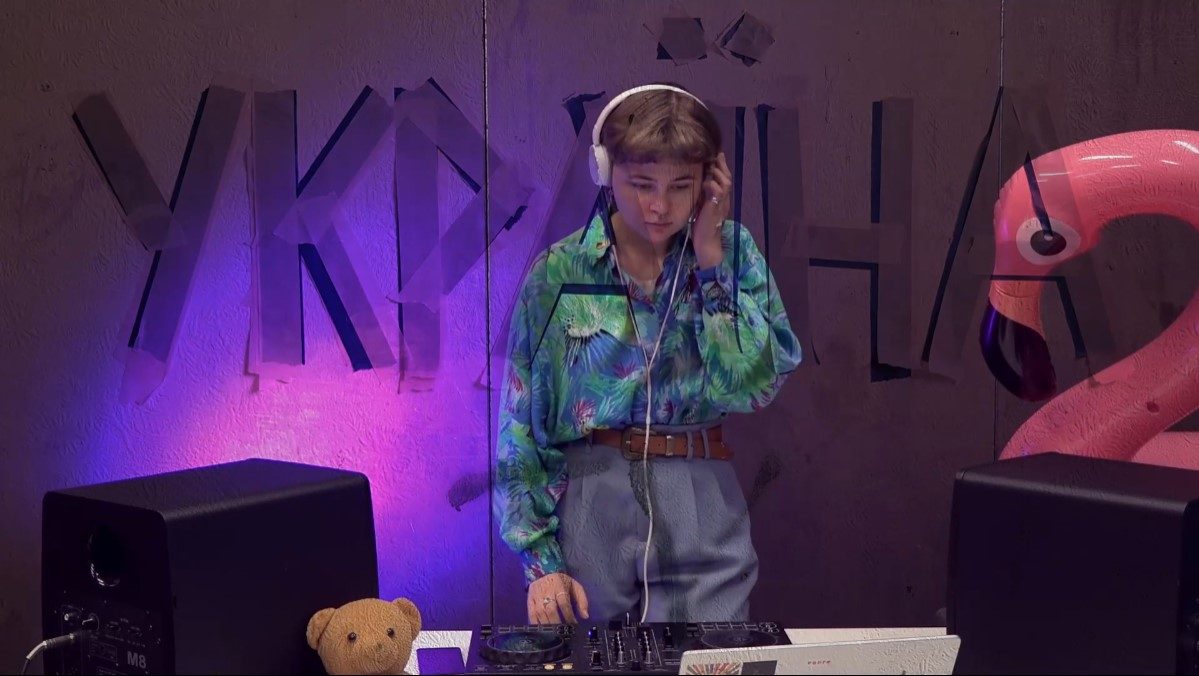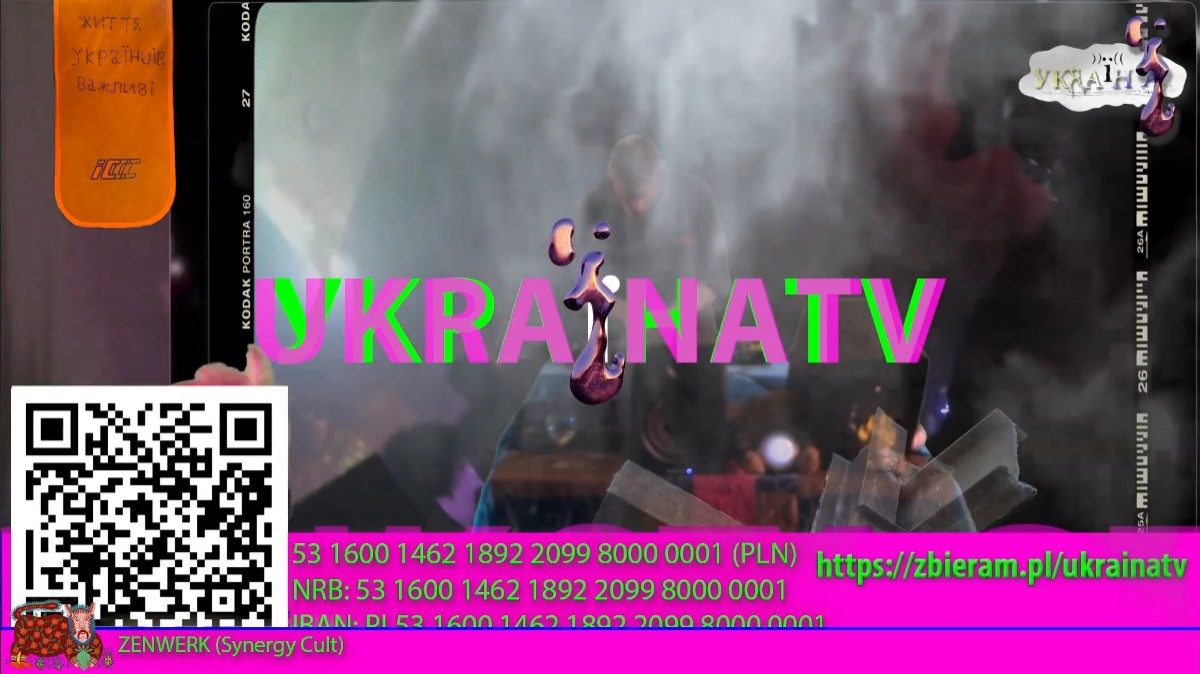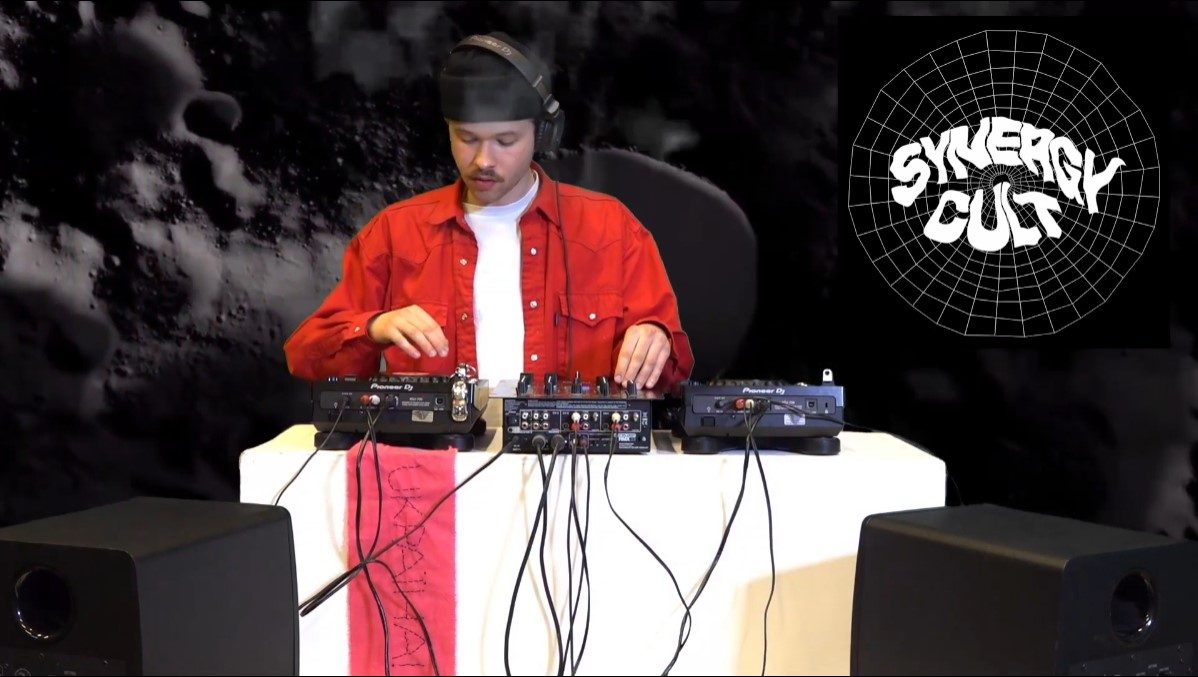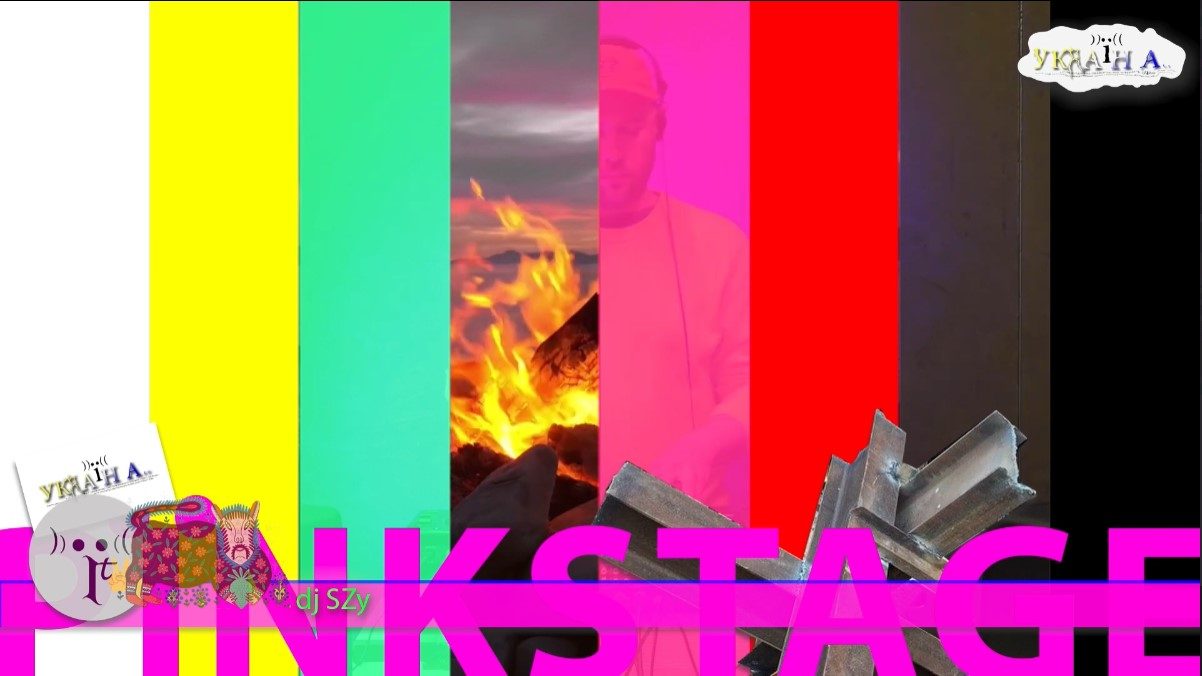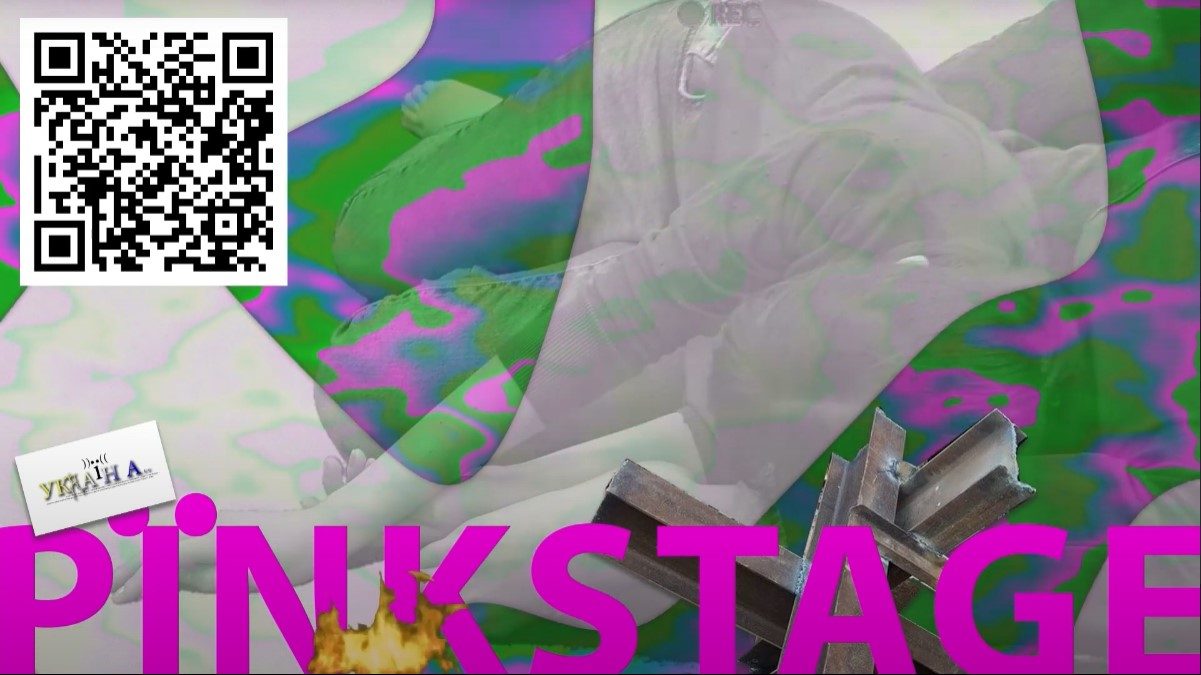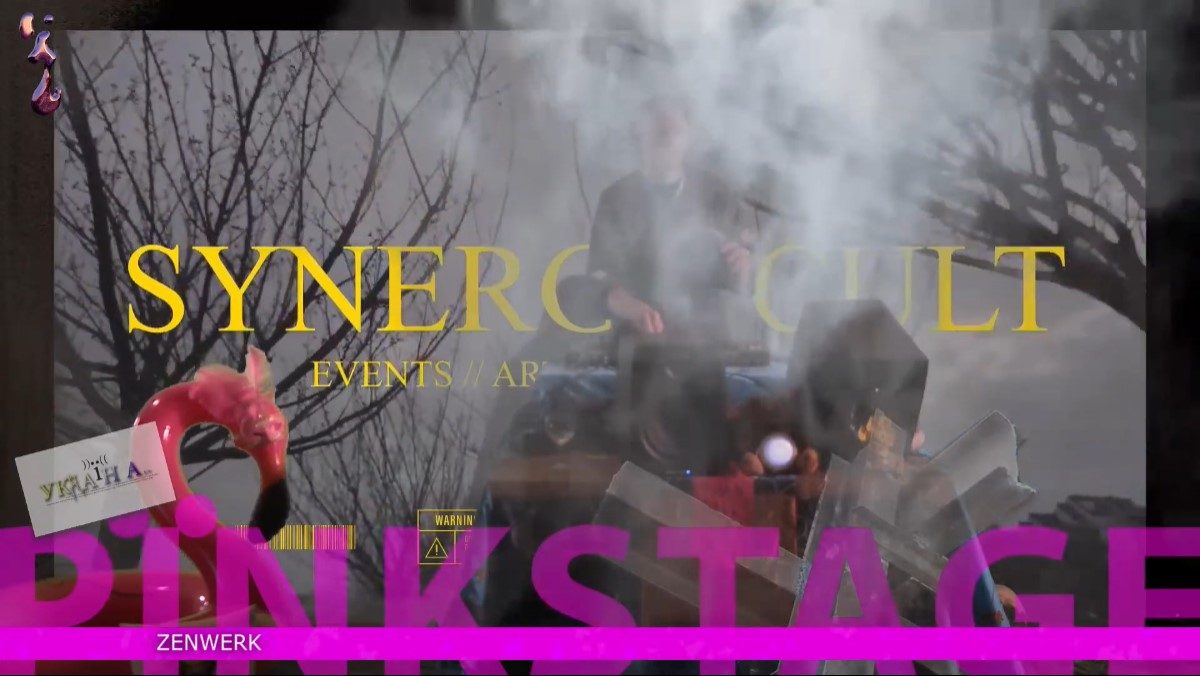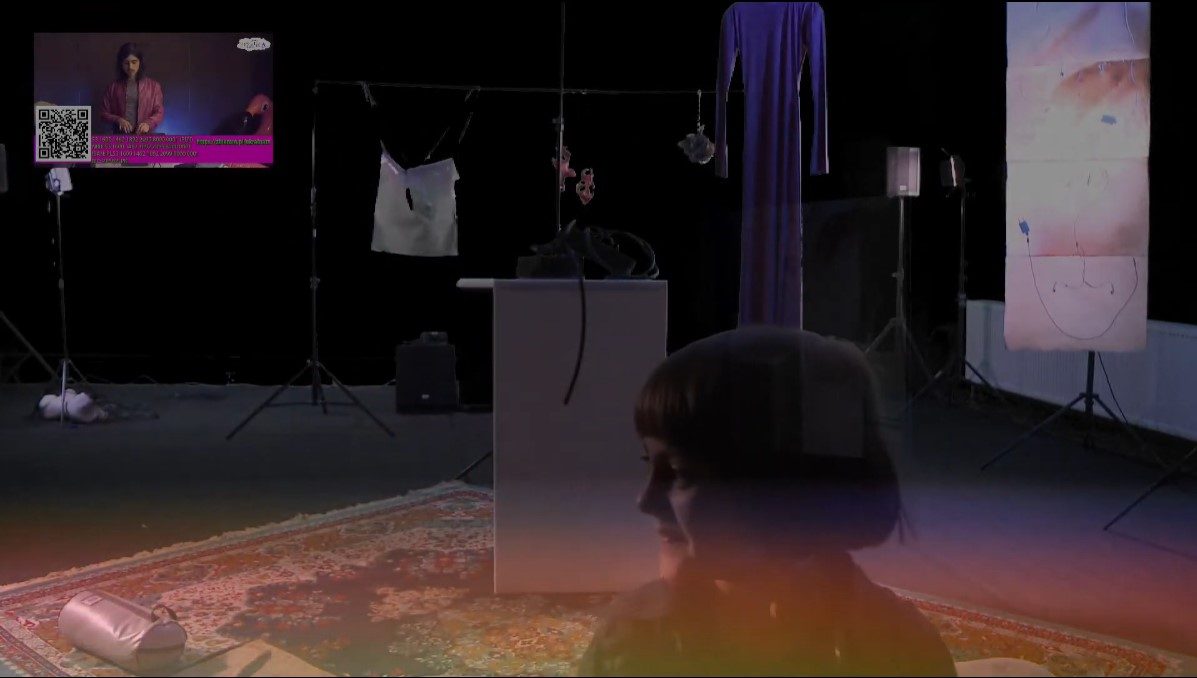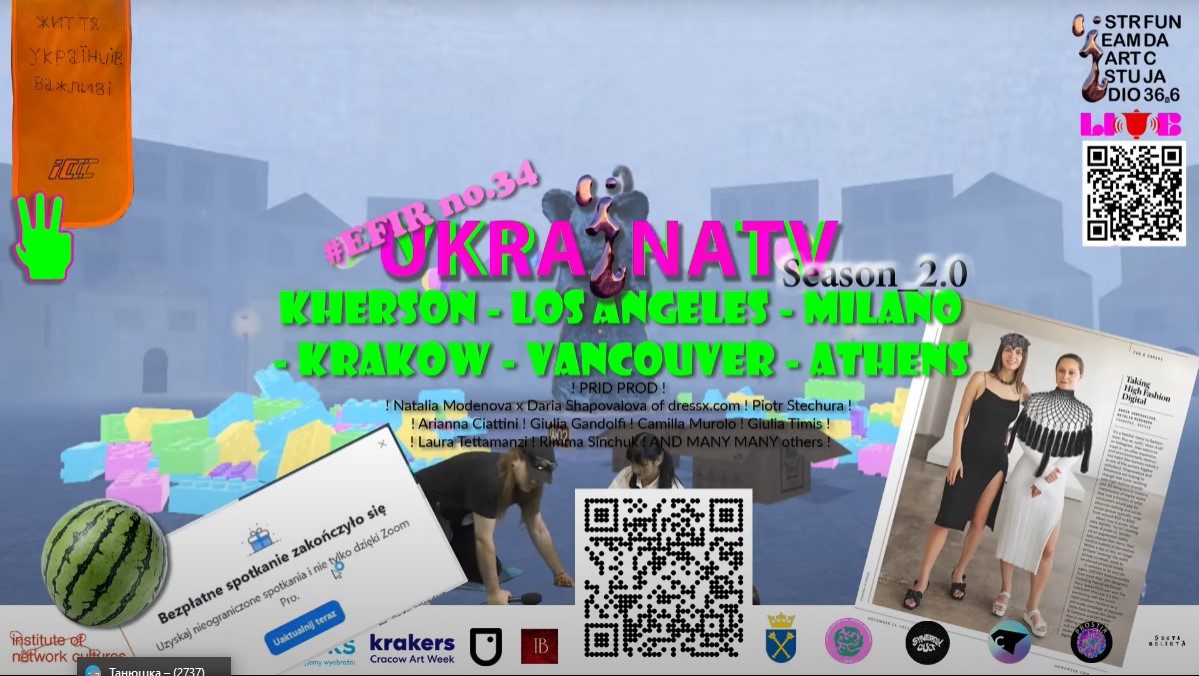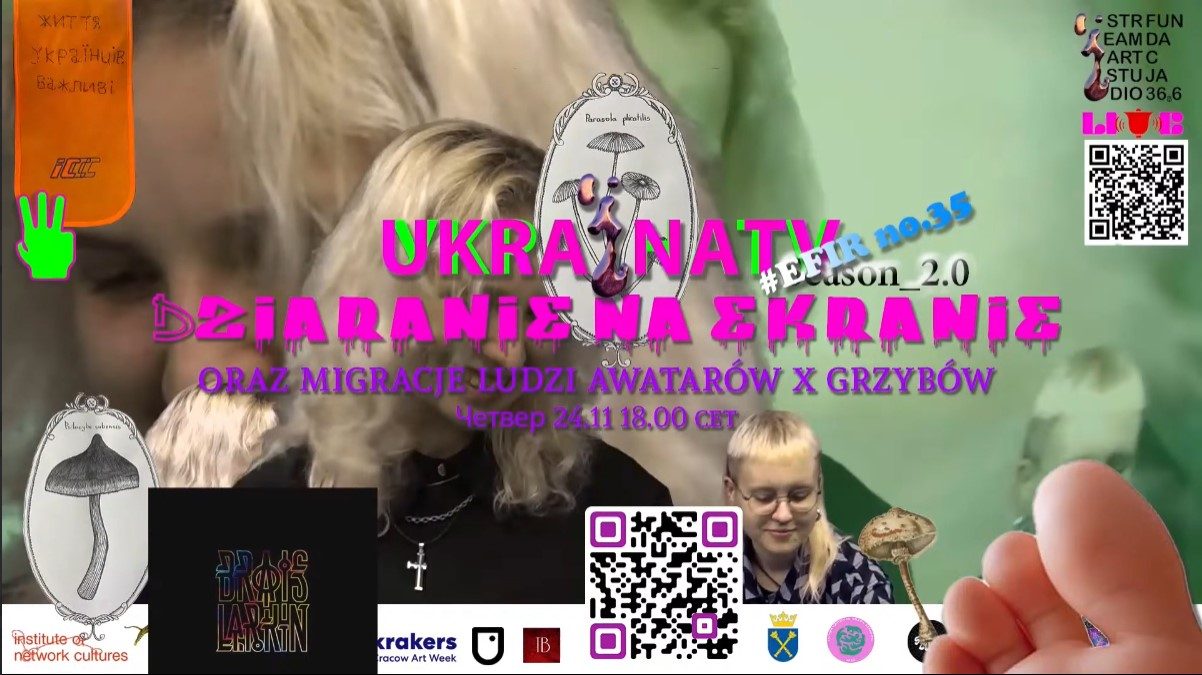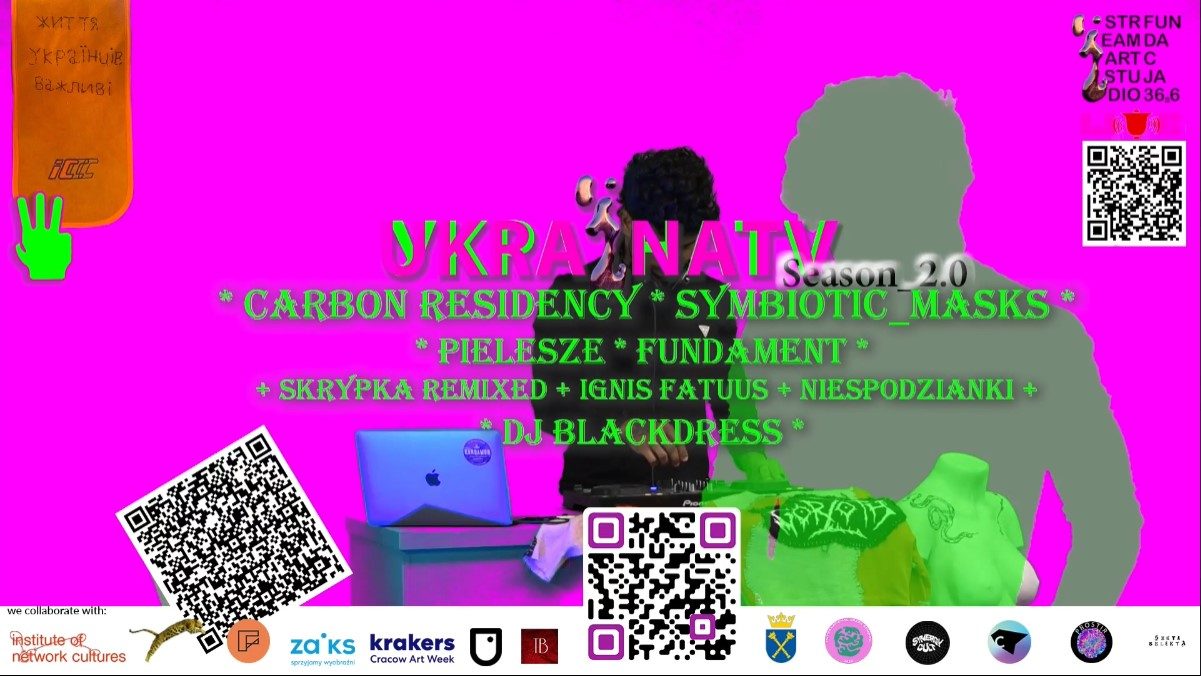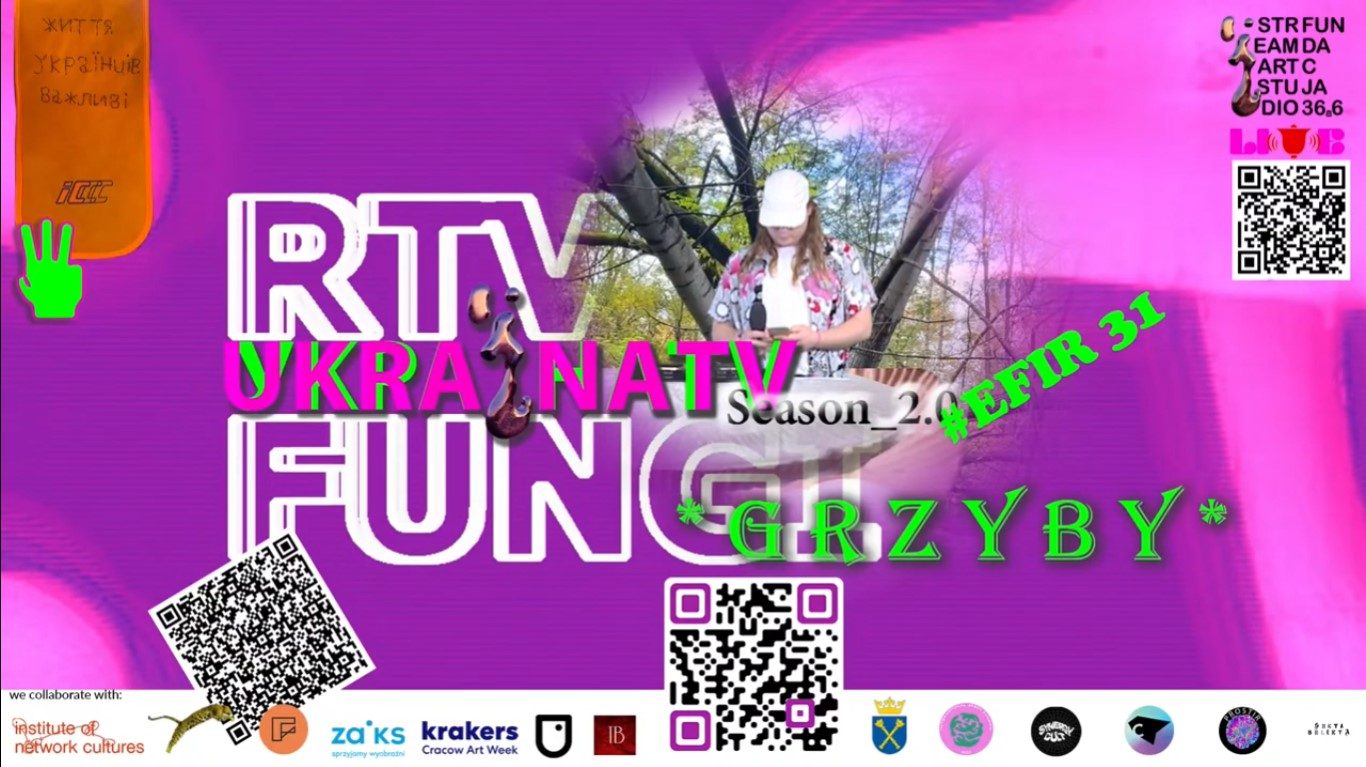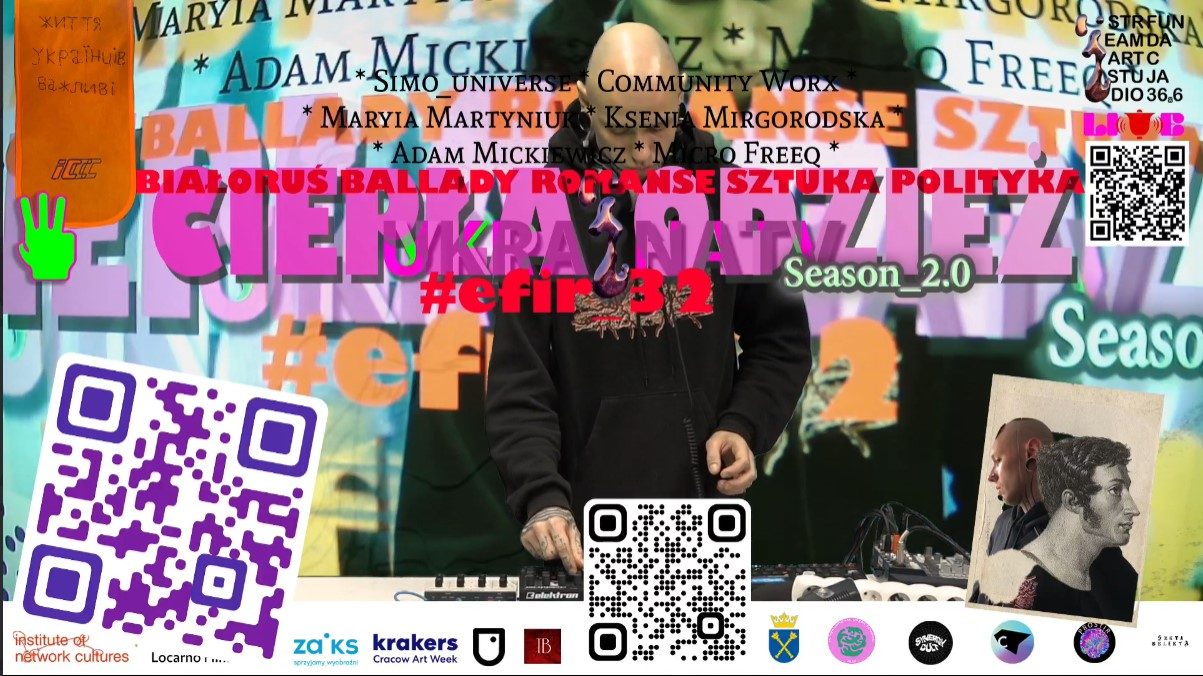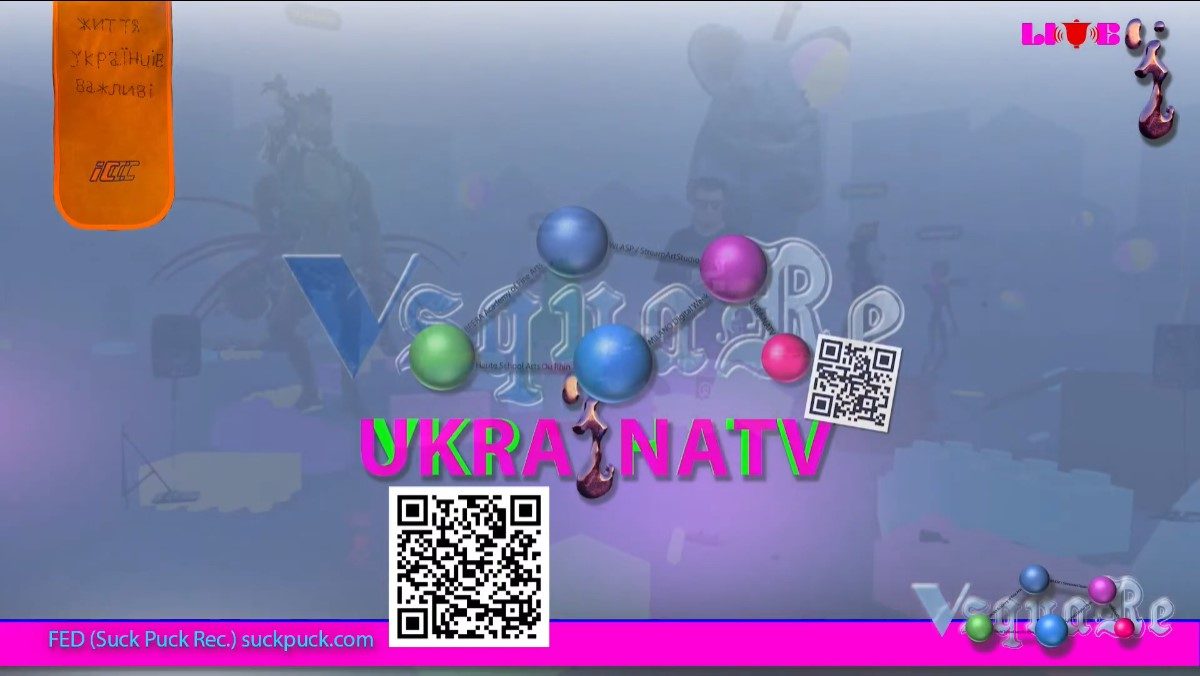ROM DZIADKIEWICZ: STREAM ART or THE THIRD AVANT-GARDE: Introduction to Hybrid Togetherness (FULL)

From August 20 to 30, 2023, I participated as an invited artist in the Shared Campus Telematic Performance Workshop, connecting Trondheim, Zurich, and Singapore. My time at NTNU Trondheim was densely packed with creative activities, lectures, rehearsals, research practices, and discussions from morning till late evening. We collaboratively shaped the project’s timeline with a group of over a dozen artists and participants, hailing from universities worldwide, as well as with the workshop’s co-production team, comprising volunteer individuals affiliated with NTNU. This experience was intensely inspiring, marked by methodological experimentation and a hybrid approach to art, research, and teaching – HYBRID in various senses of the word. At this juncture, it is pertinent to highlight the initial question and research postulate that form the core of this text: the necessity for a more precise definition of HYBRIDITY[1]. This encompasses exploring the broadest spectrum of potential applications and interpretations of this concept at the juncture of practices in a) art – contemporary, non-disciplinary, post-digital, and processual; b) media – referring to the domains addressed by media studies, rather than media or post-media art; and c) transdisciplinary theoretical inquiries, including media studies, cultural theory, anthropology, digital studies, philosophy of perception, among others. For us, ‘hybridity’ intuitively and operationally signifies the coexistence and fusion of diverse orders, action modes, practices, and the simultaneous presence of humans and non-humans (avatars, data, machines) in both analog and digital realms, offline and online.
The project also included the participation of two members from our UKRAiNATV team: Giulia Timis and Sofia Raznitchenko. Intensity is no stranger to our collective’s daily life, given the ever-lasting hyperactivity prevalent in our studio. What stood out in this instance was the daily collaboration of a team of highly experienced female artists, each bringing distinct dispositions, resonating visions, and ideas for both joint and individual endeavors. Amidst this intensity and chaos, there lies undeniable power and revolutionary potential. However, this is occasionally neutralized by resurgent egoisms and an undercurrent of mistrust. This mistrust stems from the vague rules of collaboration, founded on slogans and ideas that now demand a new CODE and nomenclature. Such a revision is imperative in the face of rapid changes and re-evaluations within the social, technological, and geopolitical contexts that underpin all cultural creative practices[2].
In this text, we move away from a documentary perspective of the event in Trondheim, instead focusing on what we discern as potential and inspiring for future practices. We engage with the substantive, multidimensional, and multicore systems of connections, the architectures and elements of which we actively create, explore, and test in real-time. This approach is in line with the practices we’ve been developing for several years at #StreamArtStudio. The time has come for theoretical reflections. The workshop has heightened the need for precision in gathering and expanding the field of contexts. Our system, an amalgamation of human and non-human elements—socio-cultural, technological, and creative—holds immense and unpredictable potential for generating new meanings, facts, and categories through processes of fragmentation, defragmentation, coupling, splitting, and circulation[3].
During the workshop, we juxtaposed UKRAiNATV’s HIPERACTIVITY and the laboratory practices of #StreamArtStudio with the methodology of telematic improvisation. Both methodologies are emblematic of intuitions pulsating globally, demonstrating potential for scalability and adaptability, and highlighting the necessity of weaving them into horizontal networks for long-term collaboration. The workshop provided a fertile ground to practically test my earlier conceptualizations of the STREAM ART concept, reinforcing my resolve to consistently refine and define this approach. STREAM ART can be perceived as a sub-discipline or a genre within contemporary and future art practices. Above all, it offers a PERSPECTIVE for mixed-media practices in a post-digital landscape. This perspective is a unique view and definition of creative practices, characterized by an idiom of circulating, fluid (streaming) processes where work is amalgamated with form, information, and energy, intertwining the human and the non-human.
This record is neither a diary nor a compilation of conclusions drawn from the workshop itself. Its purpose isn’t to reconstruct the facts, the emergent processes and procedures from collective improvisations, or the fragmented experiences presented by individuals. Defragmentation is valued here as an end in itself. This mosaic can be both assembled and disassembled in various ways. A non-linear, polyglot documentation of the workshop will be made available on the Research Catalogue[4]. My intention is to personally reinterpret the workshop experience, filtering it through the prisms of the processes we are implementing at UKRAiNATV. This reworking is revealing new possibilities and categories, as well as underscoring the need to take responsibility and adopt a stance amidst a milieu of tactics, themes, threads, and possibilities. In this milieu, we often move intuitively, sometimes replacing one form of symbolic violence with another, more chaotic one.
I would like to propose a set of postulates, QUESTIONS, and research challenges that possess both commensurable and shareable potential. These are intended for our continued endeavors at #StreamArtStudio and UKRAiNATV, as well as for researchers and experimenters interested in the prospect of potential hybrid collaborations. These collaborations would transcend borders, platforms, formats, and geopolitical divides. The abundance of topics and themes available for exploration is vast and sufficient for all interested parties. These topics proliferate under multi-directional gazes constantly defragmenting and splitting like object-images[5].
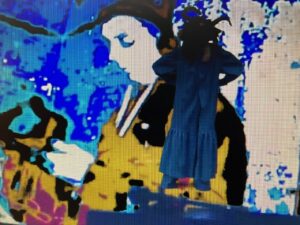
Here we are, here we go:
1. The already raised question about hybridity and its significance in a non-disciplinary context stems from the need to move beyond the anxiety of using a term that might lose its meaning. It’s essential to develop and agree upon categories that will aid in rethinking how we produce and distribute cultural content, which is already in flux. We need new and varied ways to interact with a reality heavily imbued with digital elements.
2. A vast universe we have long observed through the lens of hybridity is LANGUAGE and VOCALITY. This perspective comes from working in a multilingual and multinational team and includes reflections on postcolonial awakening and emancipation from Russian language dominance in Eastern Europe and Central Asia. Simultaneously, we are somewhat distrustful towards the monoculture of the English language. We ask ourselves and AI-engineered translation tools about small languages, artificial languages, extinct languages, and hybrid languages. This is not just material for a single lab but potentially for a network of labs engaged in global text archives and linguistic studies, research programs, and diversified, neolinguistic activism. Ultimately, this concerns people’s desire, right, and sometimes fear of speaking the world’s languages. It’s about advocating the right for multilingualism for ethnic groups and societies and not necessarily the obligation of the individual, and about the dehermetization and organic blending of languages. This is too vast for us to encompass alone, but I leave it here…
3. The pressing issue concerns STREAM ART itself – developing a precise yet broad definition and identifying the DIFFERENCES between telematic performance and stream art. Telematic performance traditionally emphasizes communication and long-distance connections involving PEOPLE (in front of cameras and microphones) as primary actors. Typically, this involves fairly static, telecommunication-based, dialogic collaborations (like those on Zoom) centered on signal exchange. Stream art, on the other hand, is characterized by circularity – a dynamic, free, multidirectional flow of data, signals, images, living images, object-images, sounds, and people across local, glocal, and global realms, in real-time, both online and offline. It expands actor subjectivity to include both humans and non-humans. We highlight the ongoing PROCESS of multi-directional influences, the blending and overlapping of content – mixing, modeling, moderating, negotiating, combining, and (co-)sharing positions, content, and signals in real time, thereby creating various interconnected temporary platforms and space-time(s).
We particularly highlight the subjective and creative roles of individuals not so much in front of the camera – a model of 20th-century celebrity that should be transcended – but behind it, and at the production tables. Stream art has its roots in experimental television traditions, as well as the methodologies of VJs and DJs, radio broadcasts, TRV/AV studio activities, and research labs. It originates from traditions of capturing, hacking (and queering) engineering practices and signal work, rather than solely from stage practices and docu-camera performances. The hub of our activity is the kitchen, a tangle of cables, hot grabbers, switchers, and cameras, at the center of the table where we collectively prepare, distribute, and consume content[6].
4. Telematic Performance was very precisely conceptualized on the first day of the workshop in a lecture by Benjamin Burger. Broadly speaking, it is defined as the joint activity of performers (e.g. players of a musical score) in real time, mediated by telematic communication tools that enable interaction of people staying in different places. This conceptualization allows us to formulate questions about the architecture and INFRASTRUCTURE needed to implement both models of collaboration and co-presence. We can examine what differentiates them and what they share, considering various perspectives, needs, technical and organizational challenges, constraints, and potentials that extend beyond our current limits of imagination and capabilities. This approach enables us to conceive of imaginary tools and potential infrastructure elements necessary for realizing future projects..
5. The question of infrastructure inevitably leads to the question of new INSTITUTIONS, organizational models, and SELF-ORGANISATION. It’s clear that both formulas – stream art and telematic performance – and any subsequent ones attempting to articulate the intuitions and needs of current creative practices, confront a kind of institutional homelessness. The ongoing struggle between traditional art institutions and platform-based Internet models is in search of its THIRD SPACE. This space lies somewhere out of the black box and white cube (on one side) as well as out of the regime of the likes” of YouTube – a PLATFORM that is centralized, hermetic, and represents neo-imperial web 2.0.
In the shadow of this struggle, there emerges a call for DIVERSIFICATION, cross-sector cooperation, and systemic support for smaller entities by larger ones. This includes the redistribution and opening of content, capital, and ACCESS – to source codes, data, know-how, and real horizontal, decentralized networks where experimentation and collaborative practices are daily realities. These practices, already leveraged by IT industries, are still underestimated by art and cultural institutions. We need sustainable TRANSACTIVITY – collaborations among fragile, temporary collectives, individuals, NGOs, INSTITUTIONS, and socially oriented START-UPS. We need cooperatives of people and non-humans to build a common, non-commercially oriented, horizontal infrastructure for the production and exchange of knowledge and content online, treated as VALUES, not GOODS. We need a multi-disciplinary, post/trans/non-disciplinary continuous experiment under the UN umbrella. We need to create (and in many areas, recreate) archives of the present and accessible, public databases. We need to expand access and socialize their management, stimulate remote collaboration and co-production, share tools, and develop new ways of describing and licensing authorship.
6. Right alongside this, there is a need to reconsider PLATFORMITY and the possibility of creating our own platforms. Perhaps platforms aren’t inherently evil. They serve as a meeting point for people, data, avatars. However, their governance and ownership scream for revolution! Platformism is overwhelmingly poorly delegated, centralized, and divisively hermetic. It fosters feelings of loneliness, alienation, impotence, and entrapment, interspersed with temporary dopamine injections to dull the pain and emptiness. It homogenizes users within the rigid confines of individually designed, impassable boundaries of architectures, along with an illusion of encounter. There’s no leniency here – this is a battleground. Either we all get banned, or someday we triumph! For now, we lack even a communalized vision of what victory might entail. Perhaps we’ll keep pondering until YT itself withers from old age. It has just turned 18 being anaesthetized by streams of capital injected by users harboring success dreams and corporations maintaining power and visibility. It continues to dominate, cloaked in increasingly outdated code and a reductive architecture.
7. Questions about infrastructures and institutions lead to another consideration – the nature of new PUBLICITY (or its absence) for such practices. Varying degrees and tactics of participation, along with the emancipation of observation, demand new practices, analyses, and the development of fresh categories. Perhaps, instead of dwelling on platformism, we should shift our focus to interlinking hybrid ecosystems. We are encountering new, potential, yet unexplored axes and perspectives of mutual observation, co-presence, and interaction. Alternatively, this could become another overhyped battleground for web 3, which critical thought might overlook by continuing to echo platitudes about corporate feudalism and the impotence of users.
8. Another imperative is the rethinking of NETWORKING. While a return to web 1 is not feasible, there are tactics and models of collaboration that remain relevant in the face of centralization and Big Tech dominance. These include environmentally responsible, potentially sustainable low-tech and low-resolution tactics, small horizontal networks, and integrated studios as hubs for hybrid, remote collaboration. Peer-to-peer models, local connections, NDI, photocopiers… all contribute to this approach. The inherent HORIZONTALITY of the Internet, along with the subversive utilization of the crisis condition of FRAGMENTATION, sparks new possibilities for its actualization. We focus on creating hybrid events from the perspective of permanent hybrid co-presence in the process, while critically examining the ambiguous processes of the web 3 version of decentralization.
This socio-technological domain underlines a pressing need for new insights into ECOLOGICAL aspects, in pursuit of sustainable, renewable, low-carbon, and responsible solutions. This is not about shifting the burden of Big Tech’s impact onto frustrated users. Let’s stand firm! It’s about THINKING and proposing concrete alternatives – small decentralized networks utilizing local technologies and materials, harnessing renewable energy sources, or recycling equipment. This also calls for RESEARCH in a field that is almost entirely dominated by large-scale architectures, alienated users, and the exclusion of viable alternatives.
9. Let’s keep going… Studying HISTORY becomes crucial, as it offers a rich wellspring for current telematic practices, stream art, and the interplay of vivid images—both from the distant past and everlasting. Awaiting exploration and reinterpretation are telematics from the eras of the telegraph, radio, television, and the early days of virtual money. The golden age of television, pop culture, and porn offer formats ripe for retrospective analysis. The disco, club, pirate radios and a bit later – street TV; TV studio as a hybrid dispatch, MTV, video clips, night shows, reality-TV, talk shows… Fast forwarding to almost the present, we find new formats birthed in environments like YT, Twitch, Tik-Tok, Zoom, VrChat, and more. Let’s recall the ambivalence—whether alienating or liberating—of subcultures and infrastructures like web-cam, sex-cam, and the intertwining of streaming history with media performance, fulfilling narcissistic, exhibitionist, and emancipatory needs of users and testers of new tools. Adjacent to this is the genesis of independent media and new activism from the early days of the Internet. For UKRAiNATV, phenomena like “indymedia” or the first streaming videos from raves and off-grid grunge events are mythical origins. These phenomena vary and shift in focus depending on geopolitical contexts. The Western Internet was more static for years, dominated by websites, while the Far East embraced streaming much earlier. The global phenomenon of Internet cafes, still vital in the global south, fostered by their power to socialize. Now, imagine stream-art cafes where we can meet locally, glocally, and globally. History, like the future, unfolds in the present, and is profoundly and undeniably UNDER-distributed.
10. Telematics and Stream Art also pave the way for new counter-disciplinary and inclusive EDUCATIONAL practices. We are fostering a new circulatory pharmakon where, in an immersive, heterogeneous, multithreaded, non-linear, and multi-elemental process, anyone and everyone can teach and learn something through openness and exchange. This sharply contrasts with the routines of the University (in a state of agony) and the Art Institutions (in a state of panic), both grappling with their increasingly rigid bureaucratic frameworks. At the #StreamArtStudio and UKRAiNATV, we are in perpetual MOVEMENT, fluidly discussing and evolving, from which the TRANSINDIVIDUAL[7] emerges time and again. Knowledge is endless, without a fixed start or end.
Currently (academic year 2023/24), at the Faculty of Intermedia of the Academy of Fine Arts in Kraków, we have established the world’s first Stream Art Practice Studio giving diplomas of master’s and bachelor’s degrees. #StreamArtStudio has evolved from a research lab into a graduating studio, integral to the network that we actively co-create. The studio is dedicated to teaching and research in creative streaming, stream art and telematic practices, hybrid and virtual production with an element of institutional critique. This represents the third (or possibly fourth) wave of institutional critique, emerging from the need for new exhibition models suitable for post-digital, networked, platform-based practices, and focused on working with data and archives. We are critically and analytically examining network infrastructure and culture in the context of surveillance capitalism. Building on our previous experiences, we are now integrating exercises and ideas inspired by the Trondheim workshop and ongoing collaborations with INC and Void TV, NTNU, Chicks on Speed collective, Carbon Community, and a student group from the Kyiv University of Theater, Cinema and Television as well as media activists in Italy, Poland, Hungary and others. We are fostering research and learning on the interplay of performance (presence in the process), webcasting (production and networking), and publication (recording, archiving) in real time. We welcome insightful and experimentally inclined students from around the world. The studio serves as a space-time for potential connections, exploring elements of local and global infrastructure and their interrelationships. We conduct self-research and continuously uncover new facets in the relationship between content production and distribution—public display (exhibition) in the context of hybrid real-time activities, their streaming, and new potential of urgent publishing. Group work is a crucial aspect, involving collective creation of processes and content, task delegation, communication in the process, dispersal of authorship, choreographies of collaboration, and communication gestures. We organically question and dismantle the egoistic confines of traditional romantic authorship models prevalent in the art field and hierarchical structures in film or theater production. Instead, we embrace fluid relationships, a field of negotiation, dialogue full of tension, inertia, and unmastered multi-stage processes, from which we extract the pearls. We strive to agree on new orders and create tools. Together, we render and model new forms, meanings, and perspectives.
Telematic performance workshops primarily focus on exploring and expanding the scenic aspects of performance and classical post-film docu-camera actions, with the actor or actress in the spotlight (risking the reproduction of the capitalist figure of “the star”). Stream art, in contrast, distributes creative subjectivity beyond the spotlight, recognizing those working with the technological and formal aspects of the practice. Camera operators, virtual set designers, overlay creators, lighting masters, creative process technologists, and real-time AV content implementers are duly acknowledged as co-authors. Stream Art also extends causality and subjectivity to NON-HUMANS! StreamArt works inherently involve the co-authorship of humans and non-humans – free machines and gererativ datas, avatars and alghoritms… This isn’t idealistic but a realistic (and ambivalent for the future) condition for production and exhibition. A StreamArt work cannot be the product of a single author. Co-authorships are inherently based on mutual, multi-directional listening, observing, and interacting in real-time, on empathic connections, and the evocation of shared micro-spaces and micro-gestures that complement and dialogue with each other, creating micro-connections and multi-directional gazes. The almost involuntary, organic abolition of linearity and patriarchal, hierarchical work models, and the dominance of liberal singularity, along with the romantic author figure, adds value in this process to the daily efforts of good people striving for a better world… And this chapter of conclusions remains to be explored and written in the near future.
Telematics is an expansive and efficient category for describing our central processes. However, within the ‘telematic performance’ cluster, it risks falling into the trap of disciplinary self-limitation, restricting post-media potential[8]. Stream art calls for a new perspective on the fabric and matter of art and media culture in the digital age, where the essence is the signal, the impulse, the information bit, the ENERGY – not the performer and their image. The work isn’t defined by a particular image, audiovisual aesthetic, full of errors, loops, glitches, product, film, live-act, or event with linear or non-linear structure. It is the circulating energy, data, electrons – the streams and the consequences of their production, processing, modeling, and sharing in real time that define the uniqueness of Stream Art, not as a field, but as a formula, a way of thinking about the heterogeneous fabric for current creation. This fabric merges the non-human and the human, the energetic, the material, the corporeal, the physical and the virtual, concerning the meat, the place, and the NETWORK OF PLACES (the phenomenon of the studio and the network of studios) into one (or rather, NOT ONE!).
Stream art proposes a post-humanist view of subjectivity and agency in the processes of production and distribution (in real time) of content, forms, and energy. Performance isn’t limited to being just BEFORE the cameras. The concept of performance and performer, even in the broadened sense Jon McKenzie suggests, isn’t sufficient anymore. Stream-art practices occur in a feedback LOOP between people, machines, and data. Not only in front of cameras but also at audio and video mixers, behind cameras, and in intermediate spaces. Eventually, the artwork transforms into a process. Floor is lava, circulating SIGNALS and data are more and more SUBJECTIVE. All together are much more than just performing PEOPLE on a stage. Everything extends to multiple, far apart, physical and virtual gathers on different platforms and places, and even times, simultaneously. In this circulatory system, performance (in terms of content, output, or achievement) becomes a relationship and negotiation between inputs and outputs, with recipients and receivers responding (or performers in dialogue with themselves and others amidst latency). The primary creative subject, responsible for choices, cuts, transitions, and connections, is foremost the streaming performer, the operator, the person who mixes signals in real-time – essentially the DJ/VJ, the data stream producer, and the technologist of creative processes[9]. Or – finally – a non-human, authonomous SIGNAL, content itself, generated in multiple LOOPS… It’s all electricity!
11. In the context of the aforementioned, another fundamental question emerges about the relationship between PROCESS and product in digital culture. Within stream-art practices, we can engage in a continuous dance of circulation without forgoing rich achievements (performances) that document and archive the evolving steps, segments, and fragments of the practice. This includes sketches, visual notes, recordings, rehearsals, tests, keys, mixes, remixes, loops, successive layers and circles of apperception, overlays, replays, successive inputs and outputs, outputs that transform into inputs in another instance, in another place or time. This goes all the way to generative elements and emulations that elude human control, including collaborations with AI tools, creating a CONNECTED UNIVERSE of dialoguing data streams, and, yes – ELECTRONS[10].
12. It may also be worth considering at this point the power of IMAGES and AVATARS. Images, living their own lives, communicate with us and each other, circulate, conflict, observe us and each other, deceive, and play (with) us. People interact with images (and avatars), responding to them. Increasingly, more people spend more time immersed within images. We ponder the nature of weak images and object-images, pixels, diagrams, and non-linearity, 2d and 3d avatars, and digital fashon, why not! What occurs when one image gazes into another? What then becomes of storytelling and spoken language, and what, in light of all this, is the role of the tradition of written language, a sign far from obsolete! It finds new realms in motion graphics, chat rooms, expanded alphabets of emoticons, instructions, databases, and CODES, which increasingly autonomously engage with us, managing our time, capital, and emotions. These are CODES to which more and more people are becoming illiterate – we can’t write or read them. Thus, we engage in our telematic dance, discovering in these processes intuition, rhythm-science, FLESHINESS, and sensation (but these are themes we will delve into in the years ahead).
We undoubtedly need a cyclical calendar of hybrid art and workshop events in various cultural institutions worldwide. Places like our #StreamArtStudio in Krakow or VOID.TV in Amsterdam – Labs, #GreenPoints / GreenBoxes / MagicBoxes should work continuously as research, creative hubs and meeting points. These are spaces for telematic and stream art collaboration. We need creative individuals and collectives eager to experiment together remotely, to agree on tactics, methods, time differences, specific realizations, and setups – to connect, share experiences, and differ beautifully.
We must remember that all we do is under the escalating shadow of neo-feudalisms. This includes the shadow of digital neoimperialism, but also the growing shadow of geopolitical neoimperialisms and escalating global net of conflicts. Our main critical context of neoliberal system slides down to even worst – the neoimperial one! The invasion of Ukraine by Russia, the war in Gaza, the quiet around Taiwan, tensions between Greece and Turkey, the drama of Sudan, the weakness of the UN, and the paradoxical urban alliances of the far right with the far left are symptoms of the crisis, human tragedies, and the beginning of a hybrid World War III. Underwater cables, pipelines, clouds, and server rooms are tender points of infrastructure controlled by concentrated, hierarchically organized capital, strengthened daily by all of us – users scrolling Instagram, protesting on stories, and working remotely. Alongside, digital exclusion grows, along with wars for water and other resources, the frustration of the South, escalating humanitarian and environmental crises. Migration is increasing, as is the migration of insecurity and restrictions on civil rights. THE ILLEGALITY OF A HUMAN who cannot cross borders, work legally, get insurance, treatment, education, or live with dignity is a daily reality for those associated with our project. This coincides with an epidemic of depressive disorders, especially among the youngest generation – the first unsure of ANYTHING even in this FIRST world. These aren’t abstractions but the emotions, real suffering, and malaise of millions[11]. These are everyday human issues and dramas, and at the same time, they are political, social, psycho-social, psycho-geographical, geopolitical, and organizational contexts for what we do. We seek opportunities for at least hybrid togetherness. We produce #HOPECORE, meeting spaces, and energy PORTALS or safe spaces in a green studio. We advocate for global connections in the name of community values, despite partisan differences, local interests, and personal wars in pseudo-leftist bubbles. We view the crisis of art institutions in this context as a fortunate challenge, an opportunity to make a quantum leap, to transcend powerlessness, to transcend ourselves.
13. These are still TACTICS, but our consistency and determination give rise to hope for a new opening, for long-term and multi-directional STRATEGIES. The traditional role of cultural institutions as places for local meeting, acting, and showcasing feels limited by a sense of impotence, inertia, escapism, and the looming threat of claustrophobic nationalist narratives. This threat isn’t trivial – the closed white cube has always been vulnerable to co-option. Our aim isn’t to derail the white cube tradition but to evolve and add a new dimension to its local, claustrophobic self-constraints. We propose the collaboration of horizontal, self-organized, bottom-up HUBS as living models, operating in symbiosis and with full, long-term support of the new INSTITUTION. We should never walk alone! Alone, we are incapable of achieving anything anymore.
Staying isolated only reinforces, constitutionalizes, and preserves the oppressive system that is destroying us and the planet. Moreover, pseudo-leftist platitudes from the crystal palace about grassroots movements, slogans about inclusivity, post-art, and flying barefoot in off-line and virtual meadows are all insufficient anymore. EMPATHY must transcend being a buzzword used to create exclusive enclaves or maintain and pink-wash privileged positions of (artists) egos. EMPATHY within stream-art activities is a process of compassion, a REAL state of bodies and minds. While we remain allied with the critical leftist tradition, we anticipate an awakening and commitment to creating new, real, and pragmatic possibilities for EMPATHY.
Therefore, we invite to collaboration, play, and fight to forge long-term connections. A century ago, amidst wars and revolutions, the radical facets of the First Vanguard emerged in Eastern and Central Europe. In the 1960s, the Second Vanguard, processing the traumas of World War II, introduced an interdisciplinary opening. Today, despite new forms of geopolitical, social, and technological closure, we are embracing OPENING, amalgamating both traditions. In the shadow of hybrid wars, we invite to the participation in the birth of a third, global HYBRID AVANT-GARDE.
Zrealizowano w ramach projektu 2087/KPO. STYPENDIA 2024, Roman Dziadkiewicz „EUROPEAN STREAM ART NETWORK (ENSW) – prototypowanie sieci hybrydowych współobecności”



